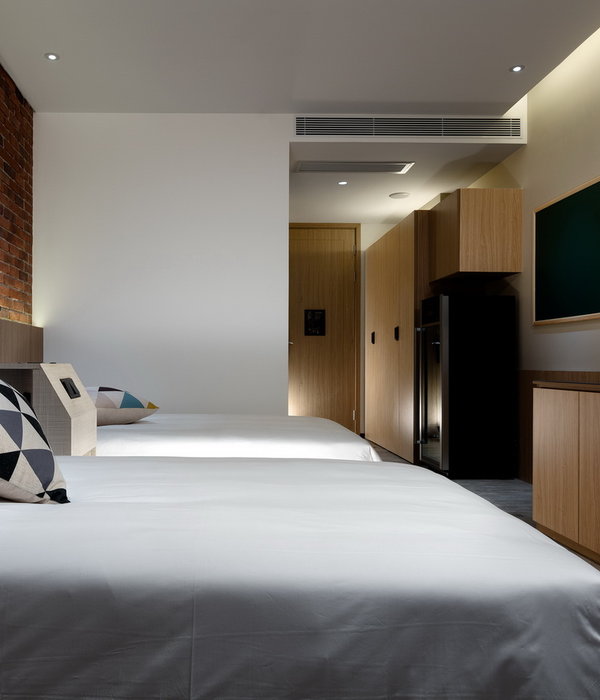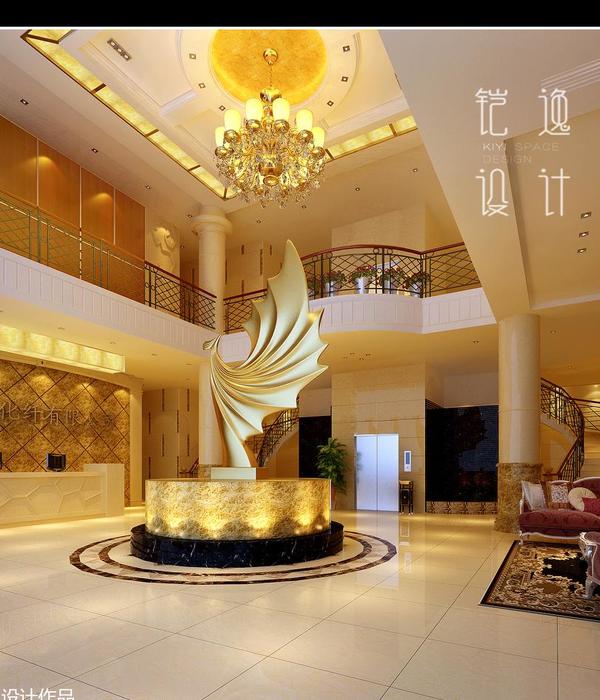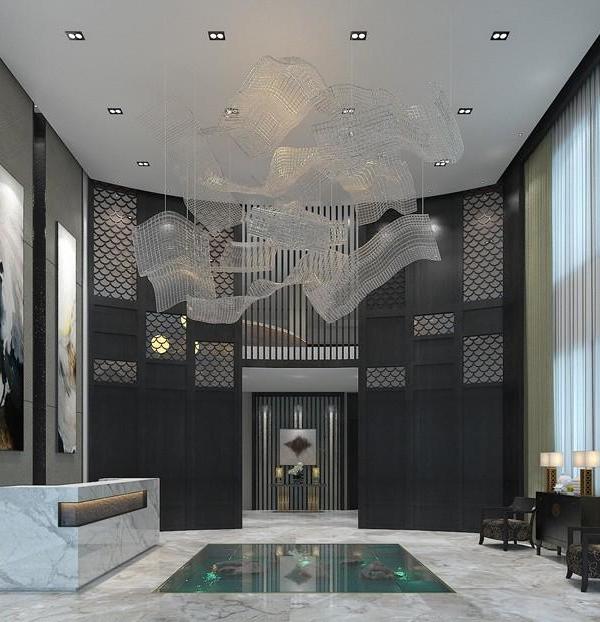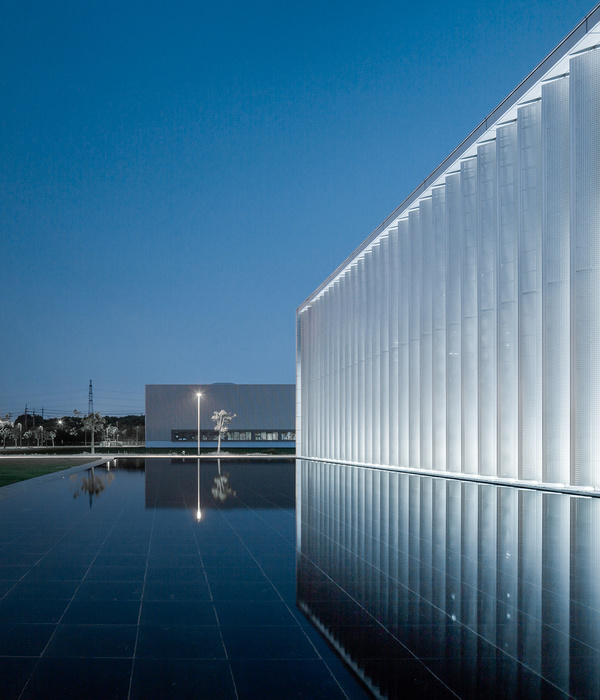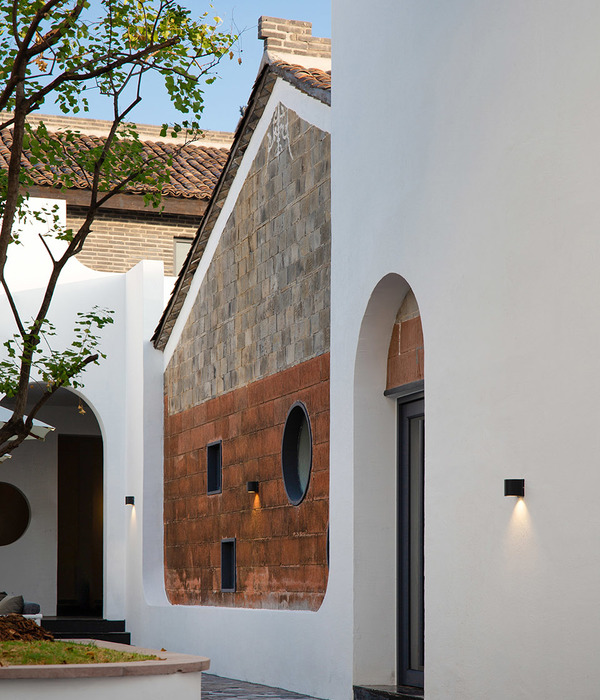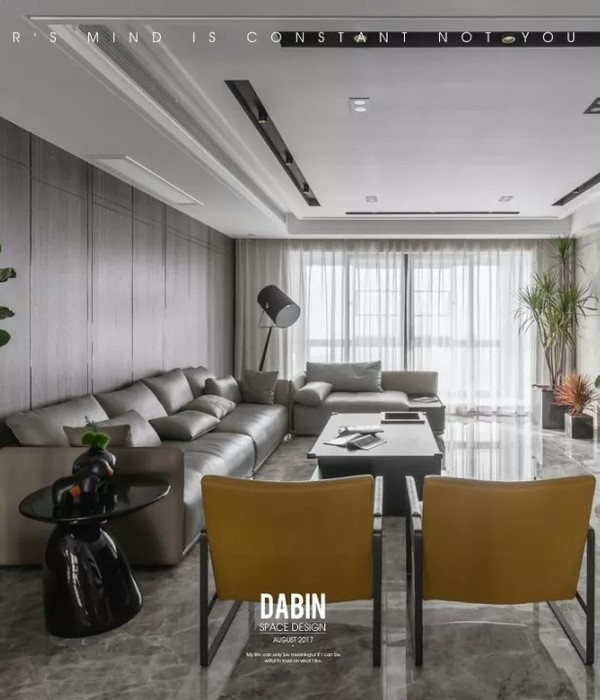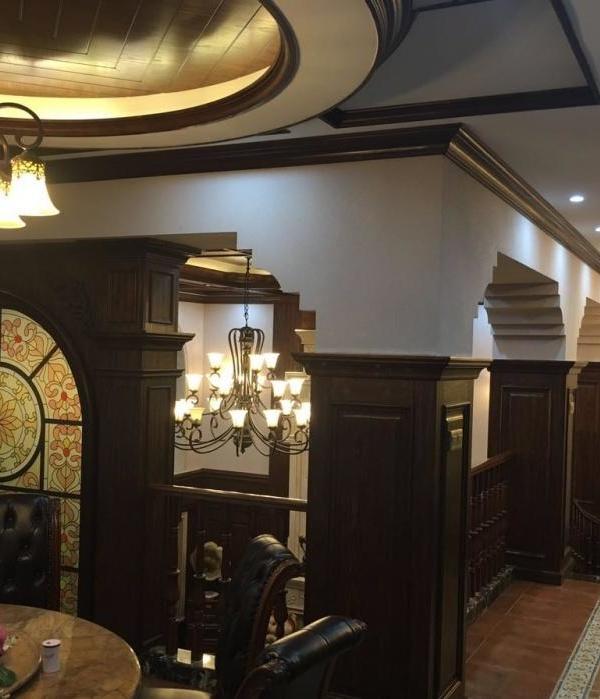Architects:Jackson Clements Burrows Architects
Area:2525m²
Year:2023
Photographs:Peter Clarke
Lead Architects:Graham Burrows
Structural Consultants:TTW
Environmental Sustainability Consultant:Inhabit Group
Quantity Surveying:Plan Cost
Services Consultants:WSP Consultancy Pte Ltd, Philip Chun
Design Team:David Burton
Lead Team:Damon Van Horne
Engineering & Consulting:du Chateau Chun
Fire Safety Planner:Scientific Fire Services
City:Clifton Hill
Country:Australia
Text description provided by the architects. Our commission began with a strategic assessment of Clifton Hill Primary School. The resulting Master Plan identified the opportunity to create a new learning and teaching campus to accommodate projected enrolment growth. Located on a corner site opposite the Darling Gardens, the highly visible new building would enable the much-loved inner-city school to meet increased student numbers and enrich its teaching and learning offering. Following close engagement with VSBA and school leadership, a brief emerged to create a dynamic vertical campus for grade 5 and 6 students.
Providing highly flexible and adaptable learning spaces, in addition to staff administration areas, the brief also allowed for a multipurpose hall for community events. Spanning three levels, the building adopts a simple but rigorous floor plan that accommodates a large program on a constrained site. Communal and administration areas are at ground level, while levels 1 and 2 contain highly flexible teaching spaces with associated breakout areas to suit a variety of learning styles. Circulation is key to the clarity and function of the building. On each level, rooms spill out onto a large communal hallway.
These circulation zones also accommodate offices, lockers, and informal breakout spaces. Bookended by generous northern and southern staircases, the common areas organize the plan. On the third level is an open-air rooftop play space, with a solar panel pergola generating power. From the outset, the intent was to create a building with a strong sustainability agenda – constructed from hybrid mass timber and designed to Passivhaus standards, the building is a first for the VSBA, providing a low carbon, low operational cost, low maintenance building.
Exposing structural elements, including mass timber and the articulated services, would also enable the building to serve as an explanatory teaching tool for students to see and understand how the building works. The formal language and design response references the local context and original 1800 school buildings whilst also overlaying a whimsical reference to Eric Carle’s children’s book The Very Hungry Caterpillar. Articulated brickwork, a ribbon band of glazed green bricks, and the use of circular “bite-like” apertures each reference the caterpillar and its journey. The use of textured red brick marries the original school buildings with the furry skin of a caterpillar, creating a contemporary building with a playful overlay while also providing clear visual links to both existing campuses.
The building’s interior palette takes its cues from the warmth of the exposed CLT panels, which lend the classrooms a soft and inviting feel. Large windows capturing trees in the landscape to the north amplify the sense of calm and engagement. The project creates a joyful and intriguing new building that speaks to the heritage and lineage of the existing 1800s campus buildings. Underpinned by functional honesty while also bringing a contemporary feel, it is a future-looking design that respects where it comes from while, most importantly, providing students with engaging ways to learn and connect.
Project gallery
Project location
Address:Clifton Hill, Australia
{{item.text_origin}}


